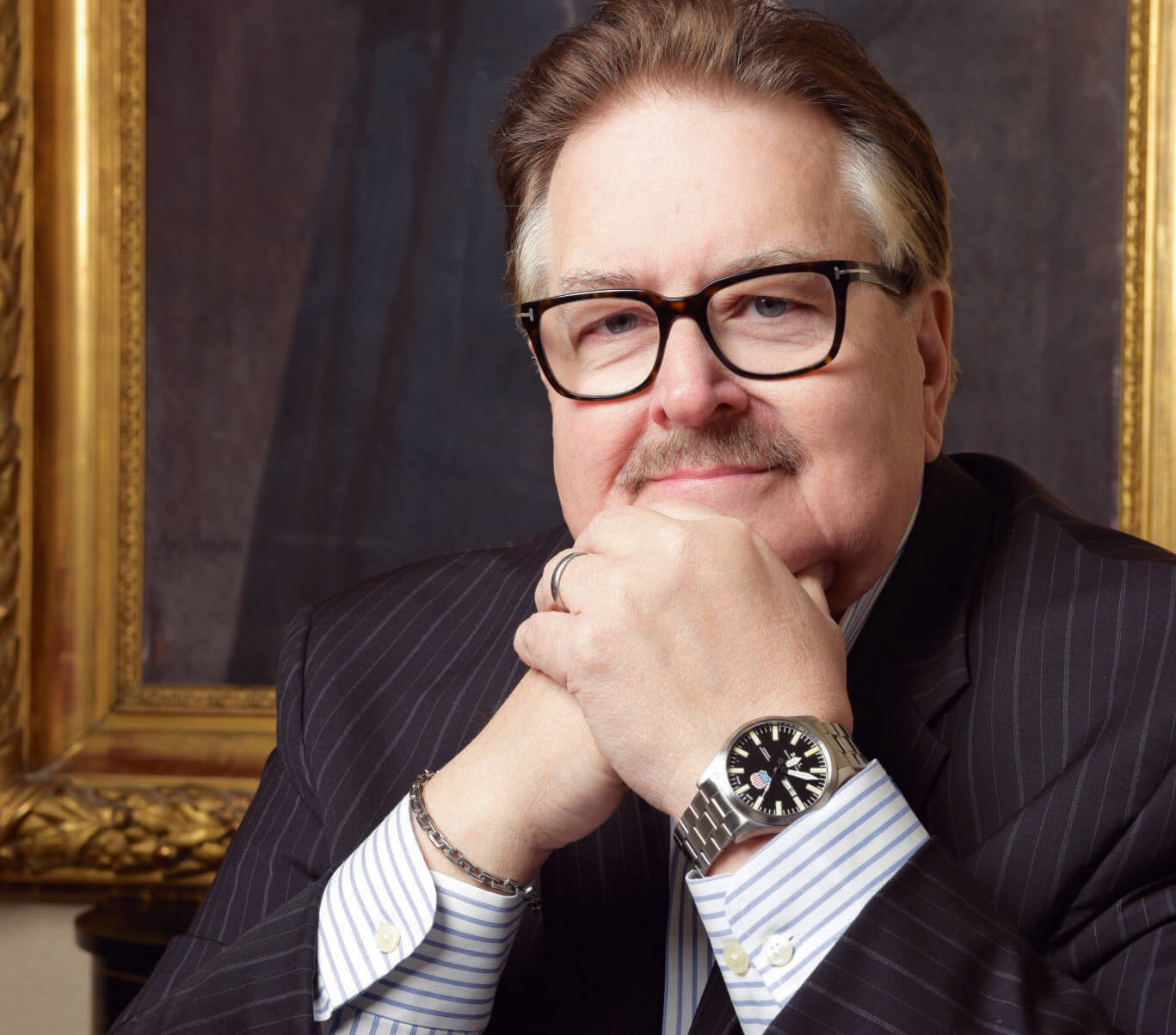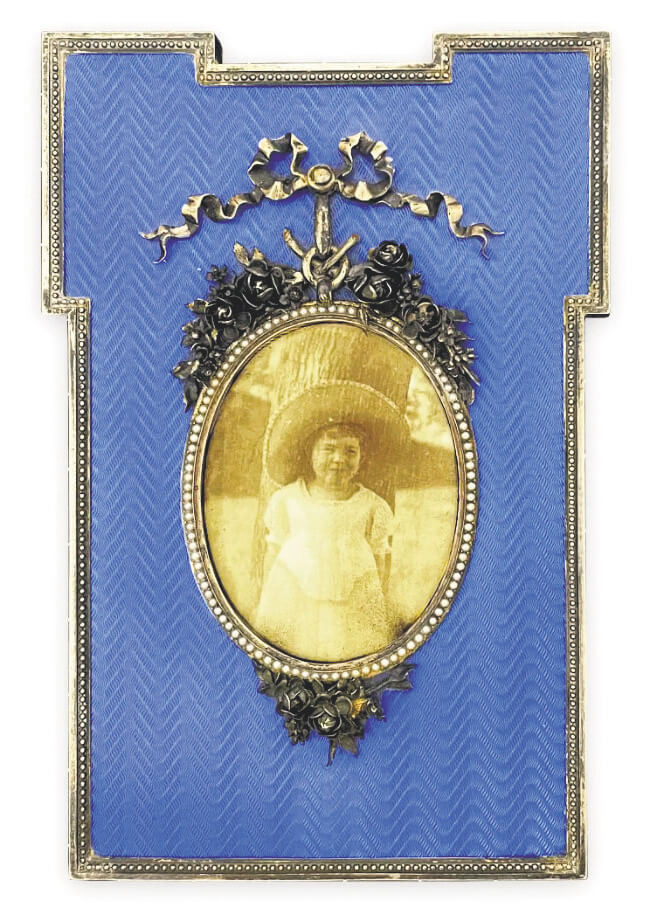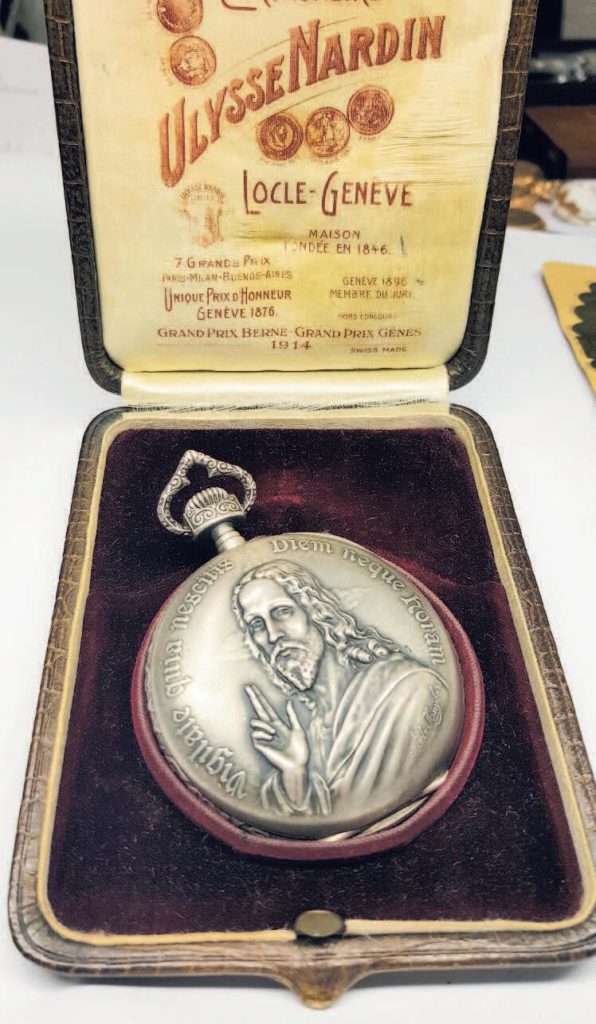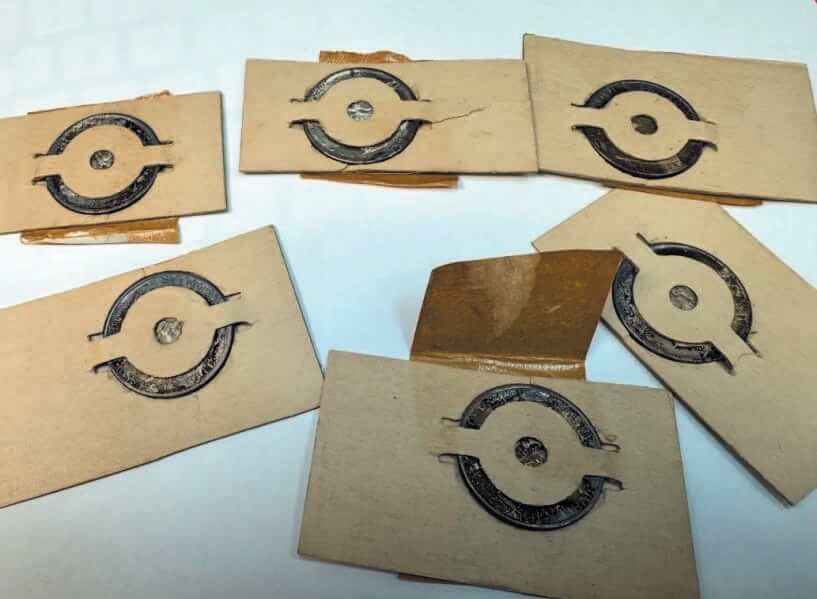Collecting duck decoys is one of the most rewarding — and frustrating — experiences in the world of collecting. The overwhelming majority of duck decoys are common and only worth between $5 and $25. However, because of the cross-collectible interest in duck decoys as utilitarian items for actual duck hunting — and in Americana as an art form — occasionally, they are worth $1,000-$10,000 each. Because of the migrating habits of ducks, it seems that decoys from Minnesota, Wisconsin, Illinois and Maryland are the most popular.
Schoenheider Decoys
Some duck decoys were carved by jewelers — like the famous Schoenheider decoys — and can be worth $5,000-$10,000 each. The Schoenheider family carved duck decoys in central Illinois for many years. Early versions from the 1920s and ’30s go for $2,000-$10,000. Even damaged later versions will bring several hundred dollars. Since he was a jeweler, watchmaker and duck carver, his works are extraordinary.
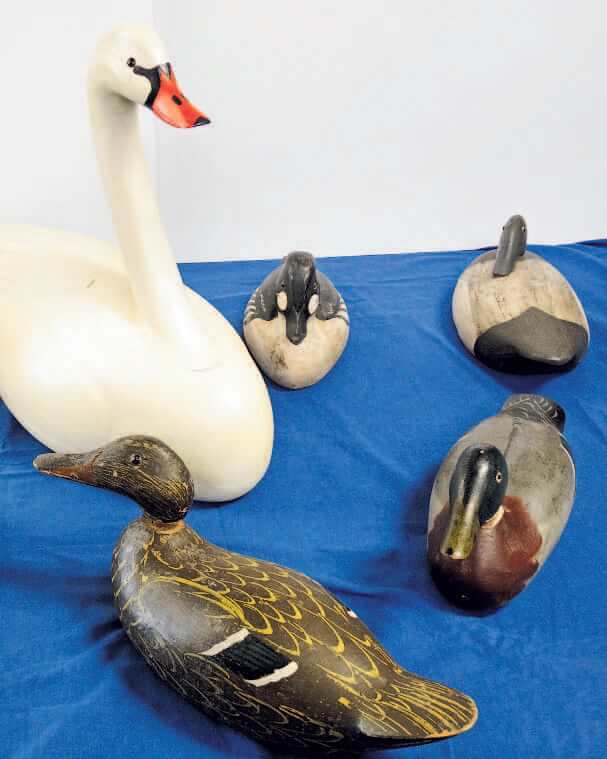
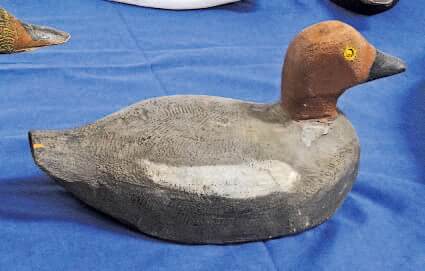
$350 OR LESS / 20TH CENTURY
DUCK DECOY ASSORTMENT
Other names to look for include James Walton from Milwaukee, whose works typically bring $800-$1,500. Usually, the more delicate the work and the larger the decoy, the more valuable. However, some very large decoys can be worth comparatively little, especially if they’re modern.
“Primitive” decoys are very old and quite sought after — and can look awful to the novice — but some of these crude 19th-century pieces are by far the most coveted. We saw a recent auction by the cream of the crop in the world of decoy makers. Pieces by names like James Perde, Bowman Brant and Joseph Lincoln brought between $10,000-$35,000 each. Probably the most important duck decoy ever offered at public auction in recent times was an unusual drake decoy by Augustus Wilson from the late 1800s that fetched $150,000.
We recently bought a duck decoy collection from a local resident in hopes of finding a treasure, but unfortunately the most expensive one was $350. To even be considered to have appreciable value they need to be pre-1950, large, in good condition, and preferably made of two-piece construction with glass eyes. And finally, as with most artwork, it’s typically the signature that counts the most.
This is an archival article formerly written and is for informational purposes only. The valuations in this article have likely changed since it was first written.
